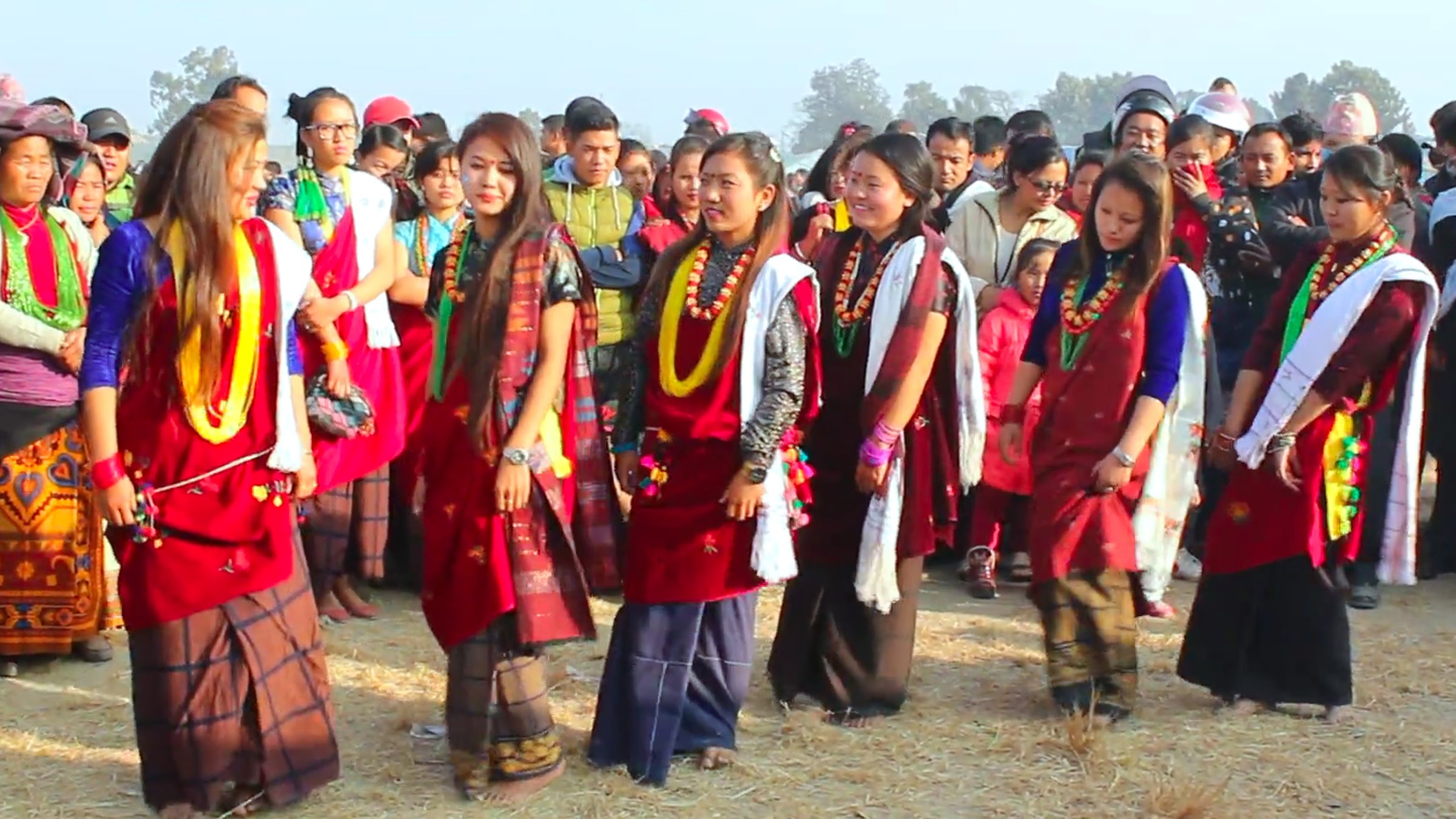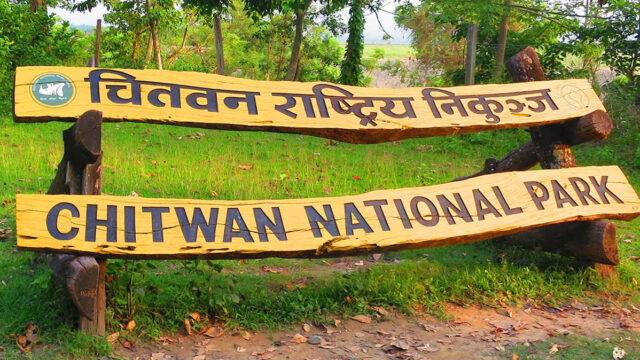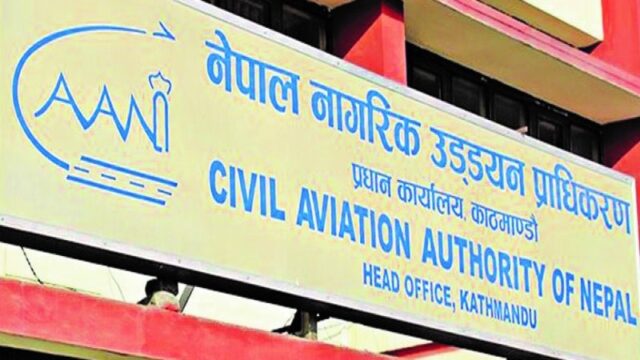The Magar community in Nepal’s Lumbini Province is celebrating one of its most important cultural and spiritual events, Bhume Parva, also known as the Festival of the Earth, with great devotion and enthusiasm today. This ancient festival holds deep-rooted significance for the Magar people, particularly for the Kham Magar community, as it marks their collective reverence for nature, earth, and the balance of environmental forces.
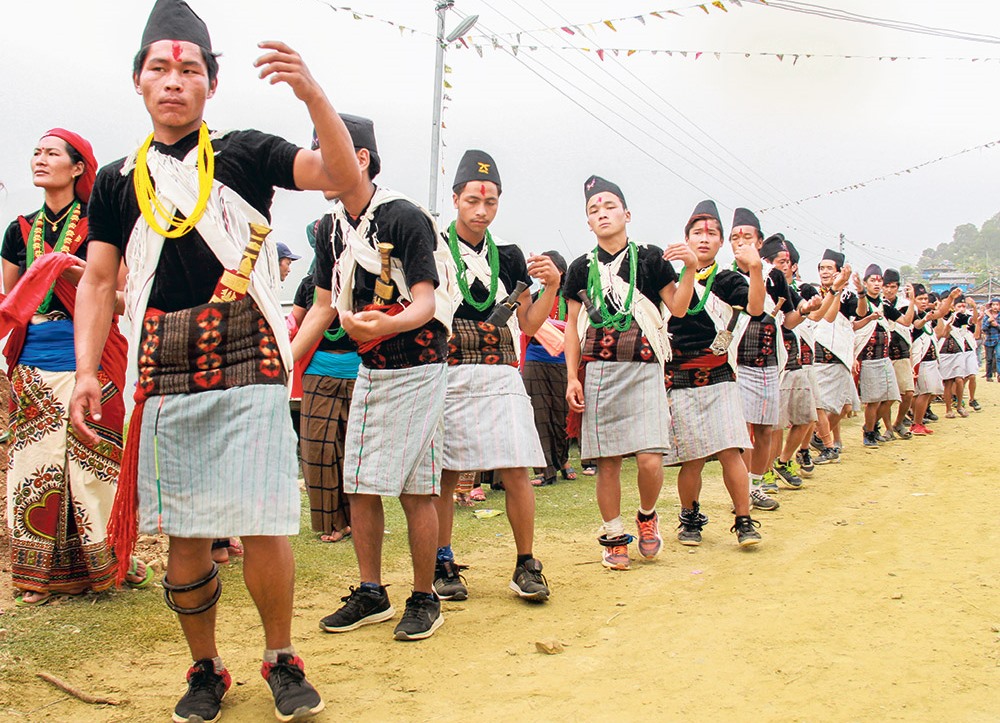
A Festival Rooted in Nature and Ancestral Traditions
Bhume Parva, literally meaning “Earth Festival,” is centered around the worship of Bhumi Devi, or Mother Earth. On this occasion, community members express gratitude to the earth for sustaining life and pray for good agricultural yields, ecological balance, and protection from natural calamities such as landslides, droughts, and floods. The festival reflects the deep environmental consciousness of the Magar people, whose lives have long been intertwined with the land they cultivate and the forests they protect.
Ceremonial activities begin with the ritual collection of soil from sacred spots, which is then consecrated through worship by local shamans and elders. The rituals are accompanied by offerings of traditional foods, local liquor, flowers, grains, and the sacrifice of animals, depending on the cultural norms of the specific village. Prayers are chanted collectively to invoke blessings for the wellbeing of the community and its livestock, and to ensure the fertility of the soil.
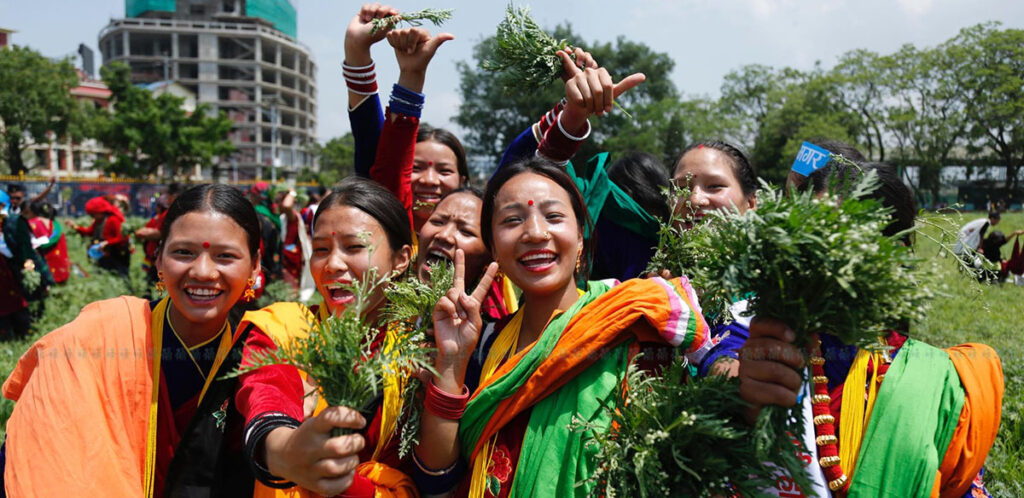
Bhume Dance: A Cultural Highlight
Among the many attractions of the Bhume festival is the vibrant Bhume Dance, a traditional performance that showcases the cultural richness of the Magar community. Dressed in colorful ethnic attire, men and women gather in open spaces and perform ritualistic dances to the rhythmic beat of traditional instruments like the madal and dhyangro (drum), accompanied by ancestral songs that tell the story of their origin, connection to the earth, and local legends.
For the Kham Magars, an indigenous subgroup of the Magar ethnic group, the Bhume Dance holds special cultural and spiritual meaning. It is seen not only as a form of celebration but also as a sacred ritual to appease the earth spirits and honor their ancestors. The dance often continues for hours and sometimes even days in certain villages, fostering a strong sense of unity and identity within the community.
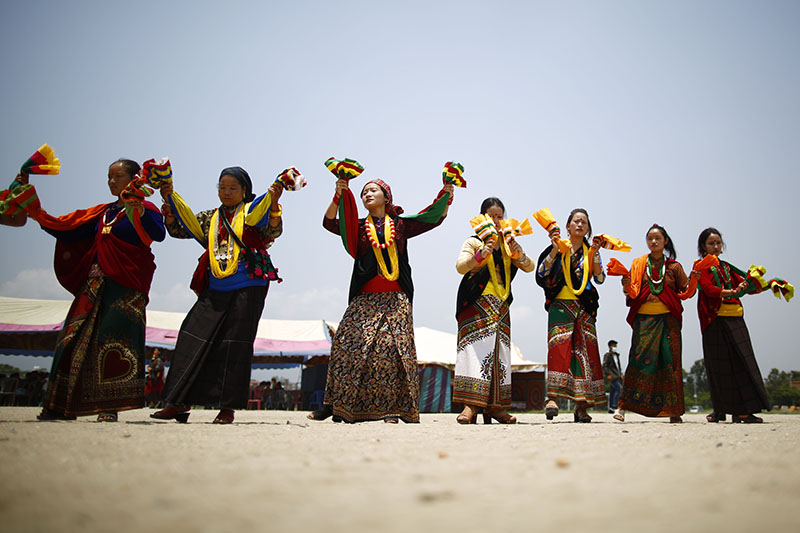
Government Recognition: Public Holiday in Four Districts
In recognition of the cultural importance of Bhume Parva, the Lumbini Provincial Government has declared a public holiday in four districts, Dang, Rolpa, Rukum East, and Pyuthan, where the Magar population is significantly concentrated. The decision reflects growing efforts to preserve and promote the diverse ethnic traditions of Nepal’s indigenous communities and ensure their rightful place in the national calendar of cultural celebrations.
This move has been widely welcomed by cultural scholars, local leaders, and the Magar community itself, as it not only respects the ethnic identity of the community but also encourages intergenerational knowledge transfer and pride in indigenous heritage. Local schools, government offices, and public services remain closed in the designated areas, allowing full participation in the festivities.
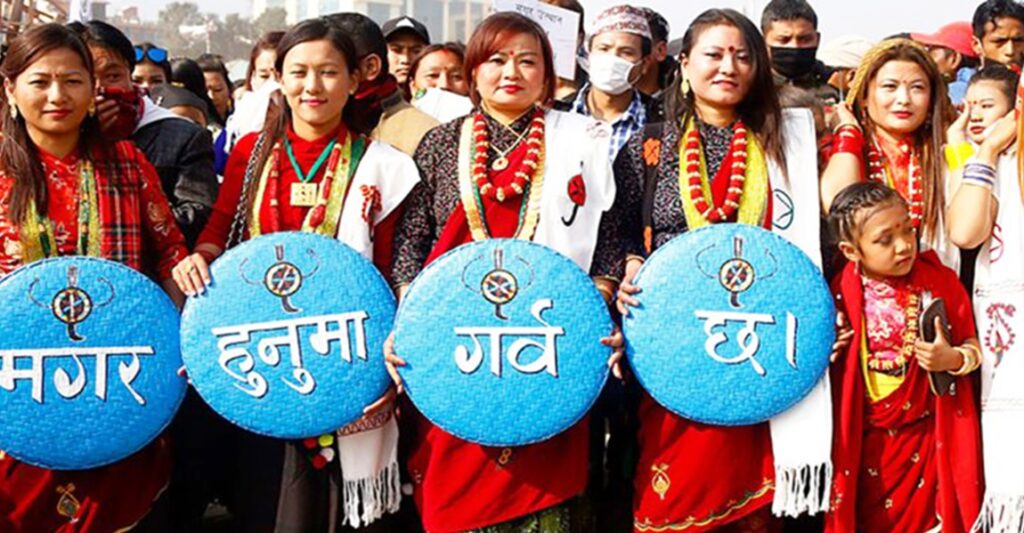
Bhume Parva as a Symbol of Cultural Tourism and Harmony
In recent years, Bhume Parva has attracted interest beyond the Magar community, with scholars, cultural tourists, and anthropologists attending the celebrations to document and learn about indigenous knowledge systems, environmental rituals, and folk traditions. As Nepal promotes itself as a culturally diverse tourism destination, festivals like Bhume Parva hold great potential in promoting cultural tourism, especially in rural and mountainous regions.
Local tourism offices in Rolpa and Rukum have also begun highlighting Bhume Parva in their tourism promotional materials, aiming to draw both domestic and international visitors to witness the authenticity and spiritual richness of these celebrations. The presence of outsiders, however, is carefully balanced with respect for ritual sanctity and local customs, ensuring that the festival retains its indigenous character.
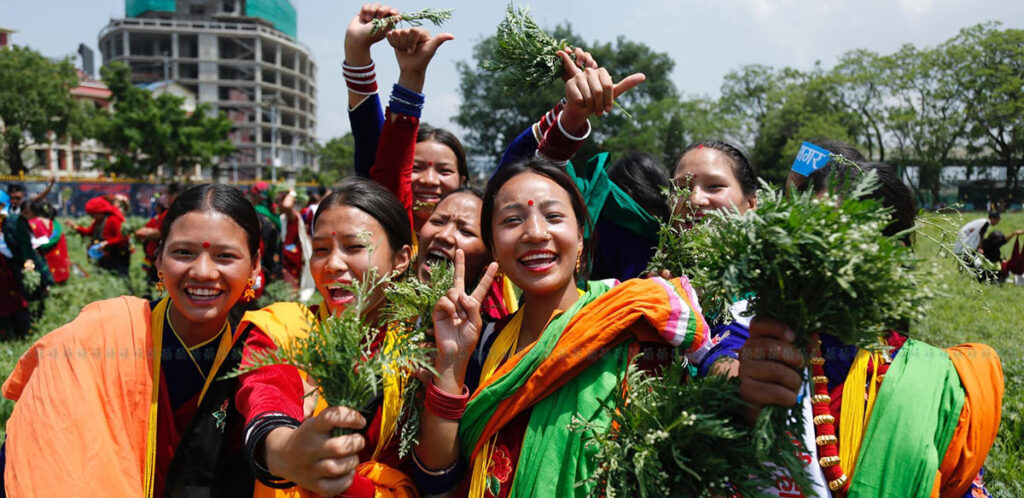
A Call for Preservation and Cultural Inclusion
While Bhume Parva continues to be celebrated with enthusiasm, there are concerns regarding urban migration, climate change, and modernization, which may impact the continuity of such traditional festivals in the long run. Cultural activists and Magar organizations have called upon the government and civil society to integrate indigenous festivals into school curriculums, allocate preservation budgets, and facilitate more platforms for ethnic expression and documentation.
The Bhume festival is not merely a cultural event, it is a living embodiment of the Magar people’s ecological philosophy, community solidarity, and spiritual worldviews. In a time when the world is grappling with environmental crises and social fragmentation, such indigenous festivals offer a powerful message of respect for nature, sustainability, and cultural resilience.
As the day unfolds with prayers, songs, dances, and communal feasts, the Magar community continues to uphold a legacy that connects them deeply to the soil beneath their feet, reminding all of us of the sacredness of the earth we share.
